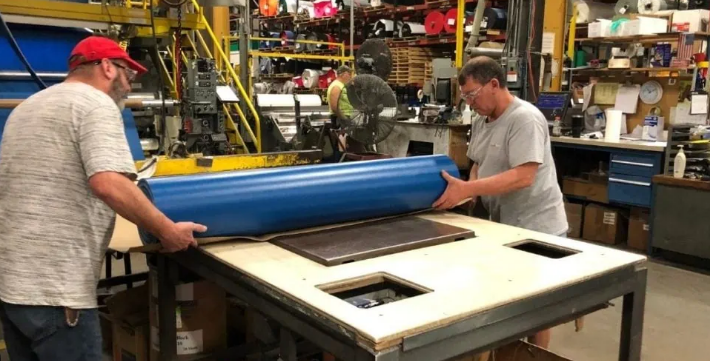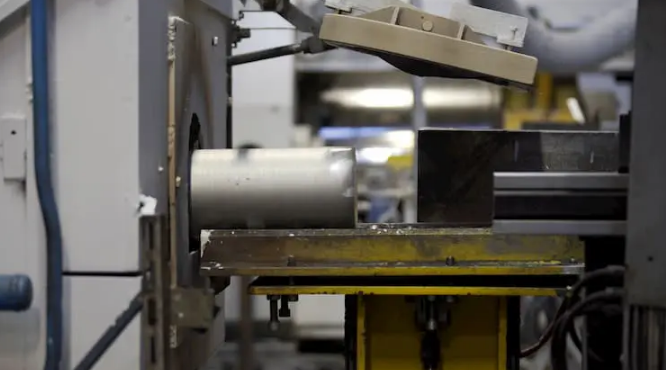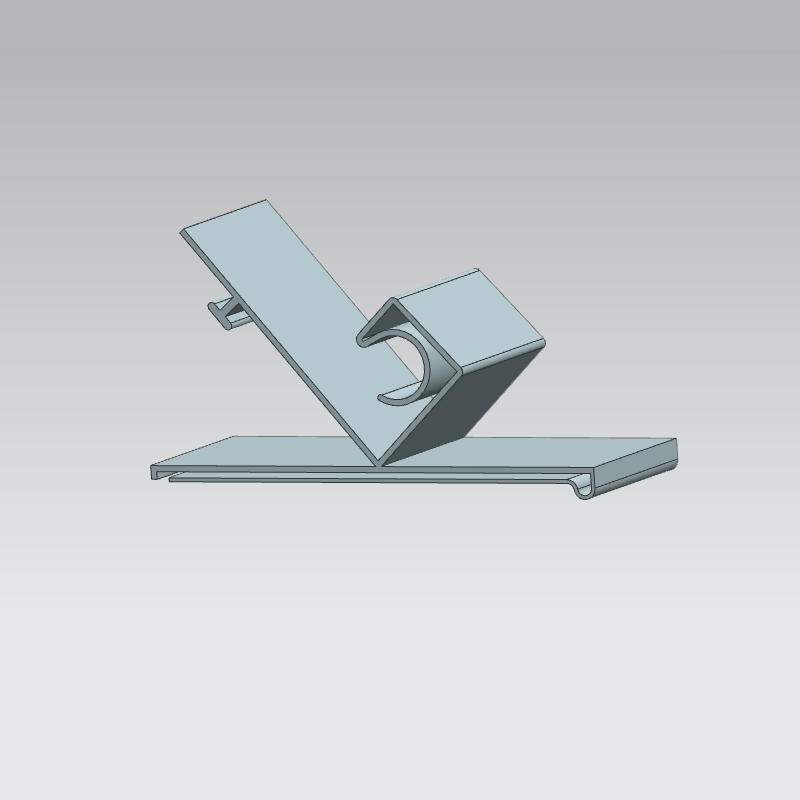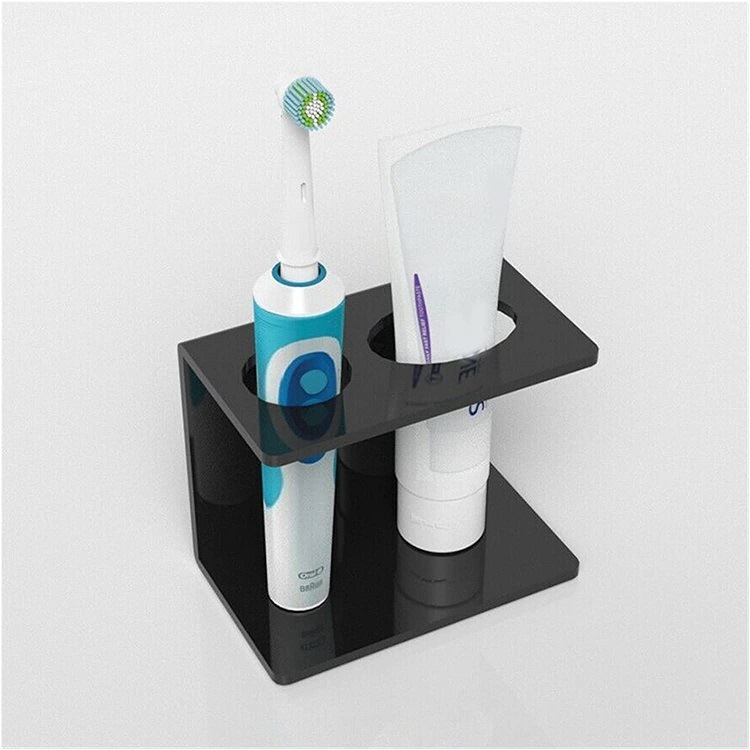Extrusion is a type of manufacturing process that forms products with a fixed cross-sectional profile.
Overview of Extrusion Manufacturing
Definition of Extrusion
Extrusion transforms materials like metals, plastics, or ceramics. It pushes them through a die to create fixed cross-sectional shapes. This method excels in producing long, complex sections efficiently. It maintains high surface quality and structural integrity. Extrusion is popular for its efficiency and minimal waste. Costs vary with materials and complexity, but it’s often more economical than other methods.

Historical Evolution of Extrusion Techniques
The extrusion process dates back to the 19th century, starting with lead pipes. The field saw significant advances with the 1820 introduction of hydraulic press extrusion. By the 1900s, it included various metals, especially aluminum. Mid-20th century innovations like hot and cold extrusion enhanced its scope. Nowadays, sophisticated machinery and computer control have fine-tuned extrusion. This progress has made it vital in sectors like aerospace and construction. Extrusion’s versatility continues to grow, adapting to new industrial needs.
For more insights into the history and applications of extrusion, Wikipedia offers a detailed overview.
Classification of Manufacturing Processes
Comparison of Various Manufacturing Methods
| Manufacturing Method | Extrusion | Injection Molding | Casting | Forging |
|---|---|---|---|---|
| Materials Used | Metals, plastics, ceramics | Thermoplastics, thermosetting plastics | Metals, alloys | Metals, alloys |
| Typical Applications | Pipes, frames, profiles | Small, complex parts like toys, automotive components | Large parts like engine blocks, housings | Automotive and aerospace components, tools |
| Efficiency | High for continuous shapes | Very high for mass production | Moderate, depends on complexity | Low for complex shapes |
| Production Speed | Fast for simple profiles | Very fast, suitable for high volumes | Slow due to cooling time | Moderate, varies with complexity |
| Costs | Moderate, varies with complexity | Low per unit, high initial investment | Moderate, depends on material | High for intricate designs |
| Quality | Good surface finish, consistent cross-section | Excellent surface finish, high detail accuracy | Good, potential for internal defects | High strength, durable |
| Lifespan of Equipment | Moderate to high, depends on material hardness | High, regular maintenance required | Moderate, affected by high temperatures | High, but depends on maintenance |
| Advantages | Versatile, less material waste | Ideal for complex shapes, excellent repeatability | Good for large parts, variety of materials | Excellent mechanical properties, durable products |
| Disadvantages | Limited to uniform cross-sections | High tooling costs, limited to plastic materials | Porosity, shrinkage issues | Limited to simpler shapes, higher material waste |
Positioning Extrusion in the Manufacturing Landscape
Extrusion stands out in its ability to create long continuous shapes and profiles. It is highly efficient for certain materials like aluminum and plastic. In comparison to other methods, extrusion offers a unique blend of speed, efficiency, and quality, especially for linear products. While it’s less suited for complex three-dimensional shapes, its versatility in handling various materials and producing consistent cross-sections makes it invaluable in sectors like construction and automotive manufacturing.
To explore more about these manufacturing processes and their comparisons, the Wikipedia page on manufacturing provides a comprehensive guide.
Detailed Analysis of Extrusion as a Manufacturing Process
Types of Extrusion Processes
Extrusion processes vary based on temperature and material characteristics. The three main types are hot, cold, and warm extrusion.
Hot Extrusion
Materials: Mainly metals like aluminum and steel.
Temperature: Up to 1200°C for steel, around 550°C for aluminum.
Power Usage: High due to heating requirements.
Advantages: Easier material flow, good for complex profiles.
Disadvantages: Higher energy costs, shorter die life.
Cold Extrusion
Materials: Metals and plastics.
Temperature: Room temperature.
Efficiency: High, with faster production speeds.
Advantages: Excellent surface finish, stronger parts due to work hardening.
Disadvantages: Requires higher force, leading to increased wear on machinery.
Warm Extrusion
Materials: Non-ferrous metals like aluminum alloys.
Temperature Range: 300°C to 500°C.
Costs: Lower than hot extrusion, but more than cold.
Advantages: Balances material flow and strength.
Disadvantages: Requires precise temperature control.
Materials Used in Extrusion
Different materials offer unique benefits in the extrusion process:
Metals: Include aluminum, steel, and copper.
Advantages: High strength and durability.
Costs: Vary significantly; aluminum is generally cheaper than copper.
Applications: Automotive, aerospace, construction.
Plastics: Such as PVC, ABS, and polyethylene.
Advantages: Lightweight, versatile, corrosion-resistant.
Speed: Plastic extrusion allows for rapid production.
Applications: Packaging, consumer goods, medical devices.
Ceramics: Like alumina and silicon carbide.
Advantages: Exceptional hardness, heat resistance.
Lifespan: Long, especially in harsh environments.
Applications: Electronics, industrial wear parts.
For more detailed information on extrusion processes and materials, visit the Extrusion page on Wikipedia.
Extrusion Process Mechanics with Data Insights
Equipment and Machinery in Extrusion
Understanding the equipment and machinery in the extrusion process involves looking at specific details and data:

Extruders:
Power: Ranges from 5 kW for small extruders to over 300 kW for industrial models.
Types: Single-screw (common for plastics) and twin-screw (used for more complex materials).
Advantages: Consistency in output, capable of producing up to 2 tons per hour.
Costs: Basic models start around $10,000, while advanced systems can reach $500,000.
Dies:
Material: Hardened steel or specialized alloys.
Lifespan: 1-2 years in high-temperature applications; longer in cooler operations.
Costs: Range from $2,000 to $50,000 depending on complexity and size.
Cooling Systems:
Types: Water cooling (more common for metals) and air cooling (used for plastics).
Efficiency: Can reduce temperatures from extrusion levels to room temperature in minutes.
Advantages: Crucial for maintaining product integrity and dimensional accuracy.
Steps Involved in the Extrusion Process
Detailed steps with associated data:
Material Preparation:
Time: Plastics may require up to 6 hours of drying.
Quality Control: Essential for achieving less than 1% moisture content for optimal results.
Feeding the Extruder:
Speed: Consistency is key, with feed rates up to 500 pounds per hour.
Control: Automated systems maintain a precision of ±0.5% of the desired feed rate.
Extrusion:
Pressure: Up to 10,000 psi for certain metals.
Temperature: 500°C for hot extrusion of aluminum, room temperature for cold extrusion of plastics.
Cooling and Cutting:
Speed: Rapid cooling systems can bring down temperature within 5-10 minutes post-extrusion.
Precision: Cutting with a tolerance of ±1 mm.
Each component and step in the extrusion process is crucial for quality and efficiency. The right balance of equipment, process control, and material handling ensures the success of the extrusion operation.
For additional details on the mechanics of the extrusion process, visit the Extrusion page on Wikipedia.




